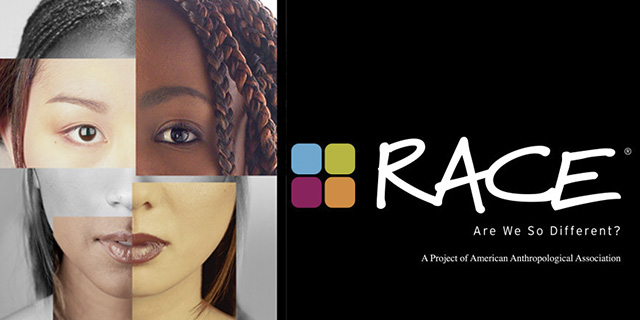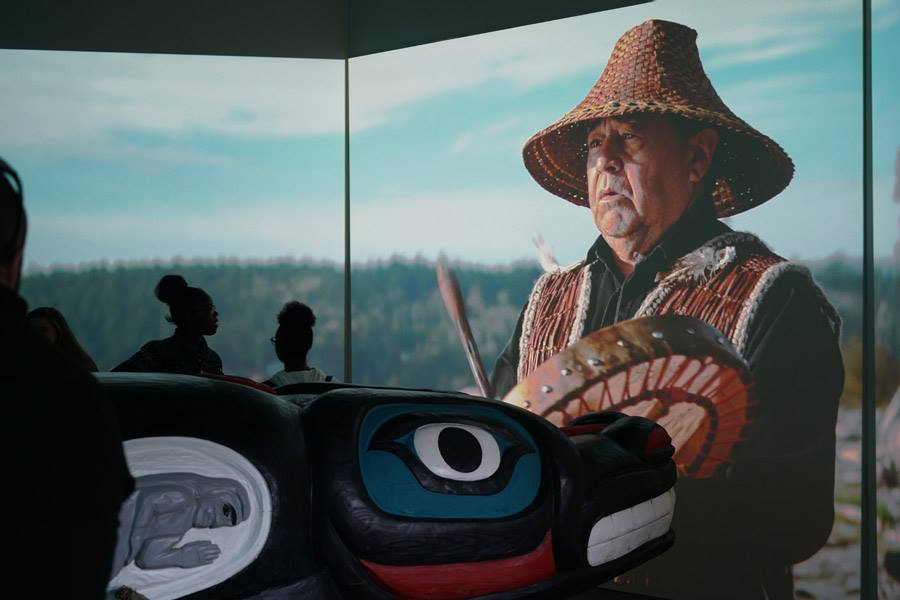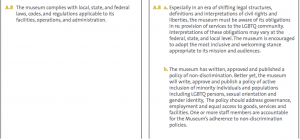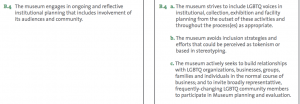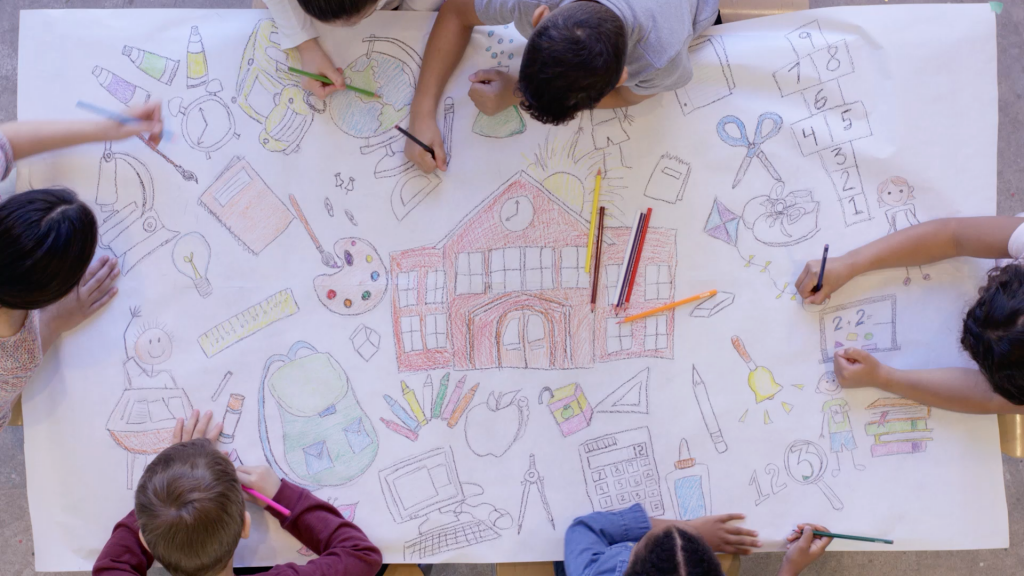
Serving a variety of topics from art to science, museums and similar cultural institutions seek to be immersive centers of education and community. A growing emphasis on visitor-focused programming has taken root in museums in the 21stcentury, posing a challenge of accessibility. To serve an entire community effectively, museums must incorporate the educational needs of their constituents into their offerings. This endeavor is not easily achieved, however, due to the wide variety of learning styles and intellectual abilities of any audience. It is the job of the museum to invest in programmatic planning to target marginalized audiences, such as those with developmental disabilities who are often excluded from public spaces due to their complex needs. This systemic exclusion exacerbates the social isolation of this audience: “Stigma is the greatest barrier to participating in public spaces.”[1] This is especially true for audiences experiencing autism spectrum disorder (ASD), a condition that produces a broad range of abilities and needs. Museums therefore must take direct action to combat this stigma through tailored programming for adults and children with ASD in order to fulfil their missions of community accessibility.
Developing programming for children and adults with ASD is not straightforward because of the great intellectual diversity of those with this diagnosis. There is great variation in how ASD affects an individual’s intelligence and behavior, and symptoms vary in severity.[2] Some individuals may be significantly intellectually impaired with affects on their literacy and communication abilities. Others may experience advanced skills in some categories with pronounced weaknesses in others. For children with autism, sensory needs are particularly pronounced as sensory input affects participation. For this reason, children are more likely to stay home than participate in external activities that may overwhelm their senses.[3] For adults who have had longer experience with navigating their symptoms, experiencing external activities and surmounting the sensory challenges they pose can be an empowering form of self-advocacy because it fosters a deeper understanding of their condition.[4] A common need for individuals with autism is rigidity and routine, meaning individuals would benefit optimally from consistent programming that can establish a routine frequency of visits.[5] For these reasons, museum visits can be extremely beneficial, however the existence of triggers and barriers often curtails this potential.
Visitors with ASD directly benefit from positive programming. For example, participants from successful programs reported that they would feel comfortable returning to the museum during normal operating hours without crowd reduction, meaning this program contributed to an increase in confidence in handling social outings.[6] Increased familiarity with the environment of a museum could assist in building coping strategies to overcome triggers.[7]Opportunities to participate in sensory friendly programs increase the confidence of participants because they are able to interact with others in an environment controlled to meet their sensory and social needs.[8] These positive experiences are therefore powerful in reducing the social marginalization of autistic audiences and increases their sensory resilience.
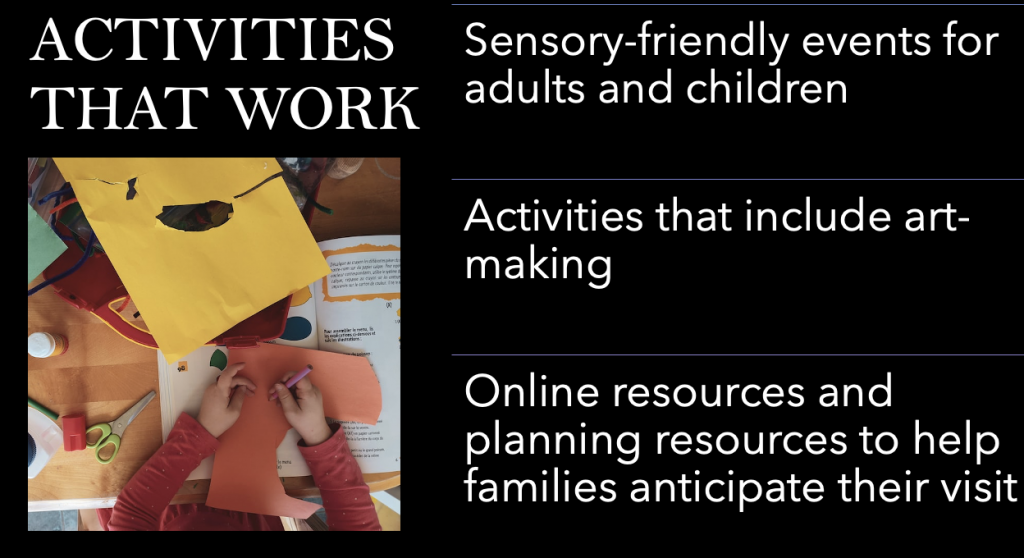

Among the activities most appreciated and impactful in ASD-friendly programming is the act of artmaking. Artmaking can stand alone as the core activity of the program or can be incorporated as an exhibition element. Artmaking is highly interactive, and survey results showed audiences responded well to exhibitions that had interactive features. Artmaking specifically stimulates visual and motor senses within a controlled environment.[9]
One of the most popular museum programs for adults and children with ASD is a sensory reduction session featuring reduced museum operations. While effective, this program also presents a paradox in destigmatizing ASD. Sensory reduction programs are typically hours reserved for audiences with developmental disabilities who may be overwhelmed by large crowds or exhibit audio. Because the audience for these programs are largely neurodivergent individuals and family, participants may enjoy the activities free from the judgment of other neurotypical museum guests who may not understand autistic behaviors or reactions.[10] In this setting, families often enjoy a sense of solidarity or recognition of their challenges and identities.
Lastly, one of the most significant offerings a museum can provide to its neurodivergent audiences is electronic resources which may help them prepare for an in-person visit. Studies have shown that families affected by ASD may avoid museums altogether out of fear of unfamiliar environments. Plan-making can counteract this uncertainty, and families may seek to identify museum guidelines ahead of a visit to account for emergency exits, spaces for quiet time, and other resources to address emergent physical or emotional needs.[11] By making this information available online, museums can increase accessibility by helping families plan for their visits

As is evident in the complex development process for special needs programming, there is no one-size-fits-all solution to improving accessibility for neurodivergent audiences. These museum visitors benefit from a range of activities that will address their spectrum of sensory, intellectual, and social needs. While museums have historically been inaccessible to these vulnerable communities, efforts by museum educators to bridge the gap with programming have been mutually beneficial for the participants, their families, and the host institutions. More comprehensive studies are needed to evaluate the success of such programs, and museums should prioritize this audience because of the rapidly increasing rate of autism diagnoses. By integrating the autistic community into its operations, museums have the powerful ability to set the standard for the de-stigmatization of developmental disabilities.
Article by: Danielle Maurer
MA Candidate, History and Museum Studies
Tufts University ’23
[1] Libby Hladick et al., “Accessibility and Inclusion for Families with Children with Autism Spectrum Disorders in Cultural Institutions,” Curator: The Museum Journal 65, no. 2 (2022): 437.
[2] Langa et al., “Improving the Museum Experiences of Children with Autism Spectrum Disorders and Their Families,” 323.
[3] Hladik et al., “Accessibility and Inclusion for Families with Children with Autism Spectrum Disorders in Cultural Institutions,” 436.
[4] Sam Theriault and Beth Redmond Jones, “Constructing Knowledge Together: Collaborating with and Understanding Young Adults with Autism,” Journal of Museum Education 43, no. 4 (October 2, 2018): 369.
[5] Hladik et al., “Accessibility and Inclusion for Families with Children with Autism Spectrum Disorders in Cultural Institutions,” 436.
[6] Mulligan et al., “Examination of a Museum Program for Children with Autism,” 2013, 313.
[7] Langa et al., “Improving the Museum Experiences of Children with Autism Spectrum Disorders and Their Families,” 328.
[8] Kulik and Fletcher, “Considering the Museum Experience of Children with Autism,” 28.
[9] Mulligan et al., “Examination of a Museum Program for Children with Autism,” 2013, 313–16.
[10] Kulik and Fletcher, “Considering the Museum Experience of Children with Autism,” 28.
[11] Woodruff, “Finding Museum Visitors with Autism Spectrum Disorders,” 83–84.
